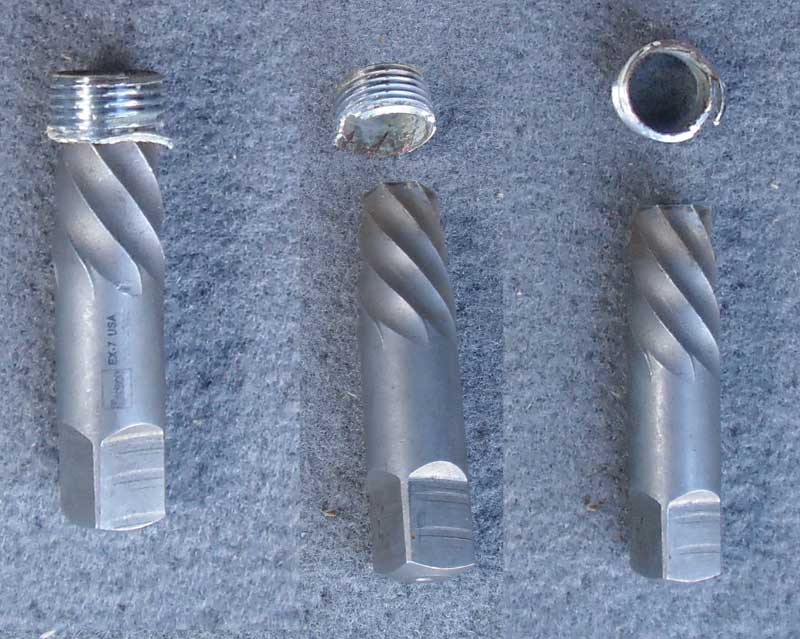Blumengarten
Member
Hi All,
We had to have our drain lines from the tub and sink replaced because they leaked where they joined into the toilet, and the tub drum trap was also leaking.
To replace the sink drain, this is what the plumber did:

When my boyfriend saw it, the first thing he said was, why did he break up the tile? Why didn't he just punch a hole in the plaster in the room in back?
So I told him (the plumber) not to do the tile work, I'll do it myself. But how? The tile is set in concrete, which is set into a metal wall of some sort. (This house is from the 1920's but this tile work looks much later than that).
Also, when removing the sink, the plumber broke one of the bolts.
I'm at a loss, and I can't afford to hire a professional to do this, so I need help! Hope you can provide it.
Thanks,
Joy
We had to have our drain lines from the tub and sink replaced because they leaked where they joined into the toilet, and the tub drum trap was also leaking.
To replace the sink drain, this is what the plumber did:

When my boyfriend saw it, the first thing he said was, why did he break up the tile? Why didn't he just punch a hole in the plaster in the room in back?
So I told him (the plumber) not to do the tile work, I'll do it myself. But how? The tile is set in concrete, which is set into a metal wall of some sort. (This house is from the 1920's but this tile work looks much later than that).
Also, when removing the sink, the plumber broke one of the bolts.
I'm at a loss, and I can't afford to hire a professional to do this, so I need help! Hope you can provide it.
Thanks,
Joy
Last edited:

